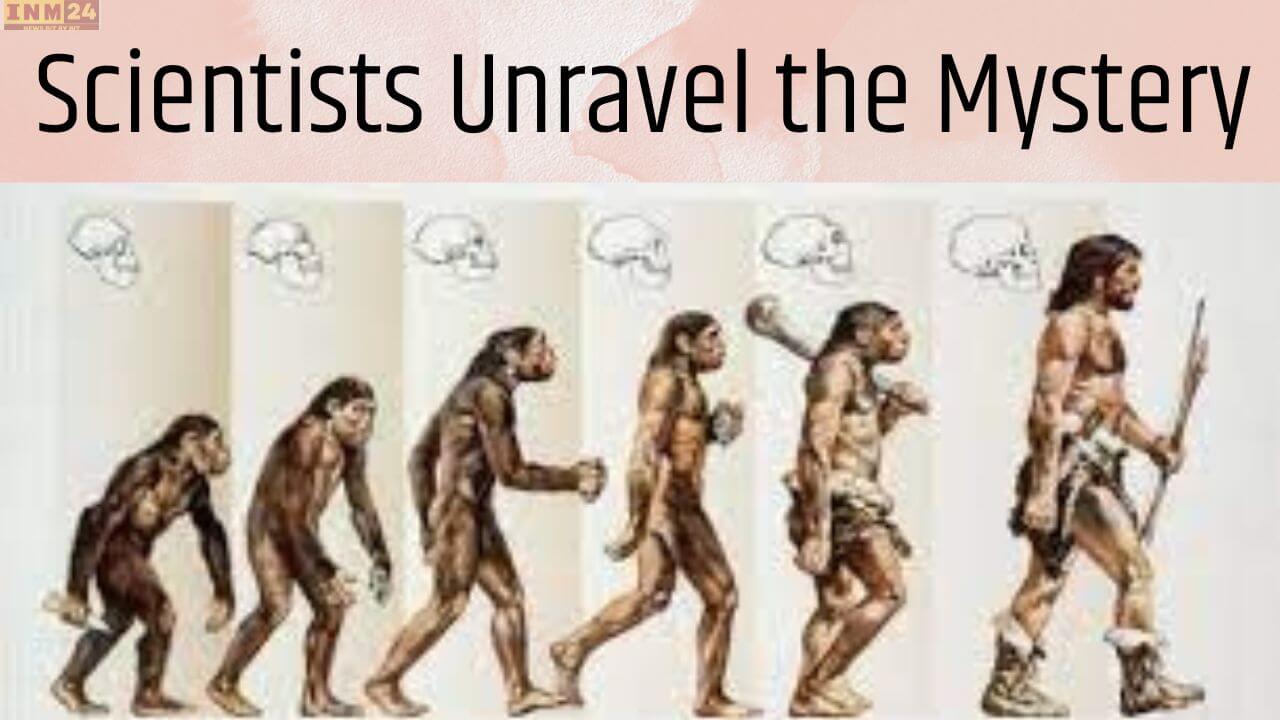Two and a half million years ago, when humans’ closest primate relatives, the great apes, lost their tails, there was a clear distinction between primates and humans. As evolution progressed, these tailless primates evolved into Homo sapiens, commonly known as humans today.
Humans’ Ancestors Had Tails Washington
Nature has endowed humans with many remarkable features, but did you know that humans lack something that is found in most animals, whose backbone has a tail bone? This special feature is a tail, but in reality, humans have evolved to not have it. Tails are very useful in maintaining balance, establishing communication, and protecting against predators in animals. However, this was not always the case. Our closest ancestors, who belonged to the primate family, had tails. Approximately 2.5 million years ago, the great apes bid farewell to their tails, and thus began the separation of early humans from primates.
The Reason Behind the Disappearance of the Tail Revealed
The process of losing the tail, from the chimpanzee to bipedalism, was the biggest loss for humans, but the reason behind it was unknown. Now, scientists have discovered how a small sequence in the genetic code (genome) was responsible for the disappearance of tails in humans. This sequence is abundant in our genetics but has been removed as junk DNA. Junk DNA refers to a sequence that the genetic process considers not fulfilling a biological purpose. In simple terms, the body rejects such DNA, considering it useless.
Scientists have identified a regulatory code in humans called TBXT (T-Box Transcription Factor), which was responsible for tail formation. They found a useless piece, known as an alu element, in the regulatory code of the TBXT gene, which has the ability to jump around in the genome and trigger mutations.
Experiment on Mice
According to a report from CNNscientists have published a report in the journal Nature in February, providing information on this topic. Researchers conducted experiments on genetically modified mice for four years. During this time, manipulation was done with the alu element in the TBXT gene, resulting in changes in the length of the tail. Scientists said that before this, there were many theories about the disappearance of the tail, with the most prevalent one being the association with the development of walking on two feet in humans. However, there was no conclusive evidence regarding how humans’ ancestors lost their tails.
Researchers used CRISPR gene-editing technology on mice to study their reproduction. They found that alu caused the TBXT gene to produce two types of proteins. One of them caused the tail to shorten. The more protein produced, the shorter the tails became. Lead researcher Yana Eglit said, “I think it’s remarkable that a small thing like an alu element could be the cause of damage to an entire body part, like a tail.”
The discovery suggests that alu elements and other jumping genes in the TBXT regulatory family cannot ultimately be junk. They said, “I think it’s remarkable that a small thing like an alu element could be the cause of damage to an entire body part, like a tail.”
These findings point to the possibility that alu elements and other members of the jumping gene family in TBXT regulatory genes may not ultimately be junk. They said, “I think it’s remarkable that a small thing like an alu element could be the cause of damage to an entire body part, like a tail.”
